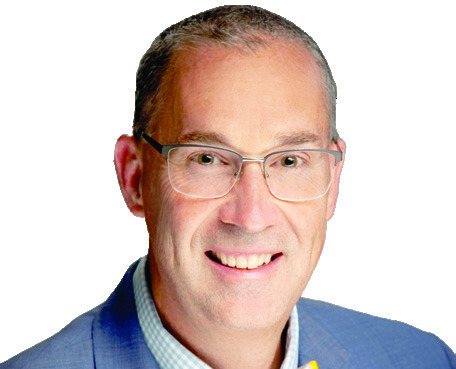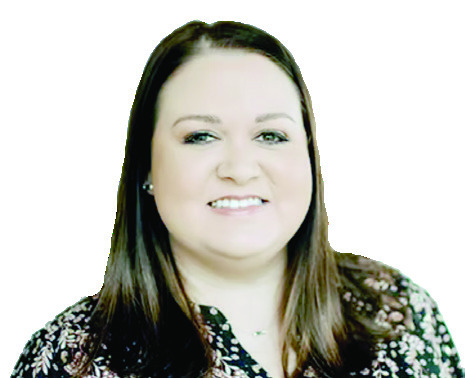As we approach the second month of the year, it’s a great time to reflect upon many of our new year’s resolutions.
Hopefully your resolutions aren’t becoming as realistic as the Buffalo Bills or the Dallas Cowboys’ Super Bowl plans for this year.
I mention this because researchers suggest that only 9 percent of Americans that make resolutions complete them. In fact, research goes on to show that 23 percent of people quit their resolution by the end of the first week, and 43 percent quit by the end of January.
However, if you are in the 43 percent group who are about to ditch your resolutions into your new City trash container before Groundhog Day, don’t fret, there’s hope for your goals, ideals, and improvements for 2024.
For me, part of the problem is the term — resolutions. It sounds as inviting as a trip to the dentist for a root canal procedure.
Those who are experienced in the area of life changes emphasize the concept of: if you can do something for six straight weeks, you have a great chance of it becoming a habit.
Now, I’m not recommending doing something like consuming milkshakes every day for six straight weeks. As fun as it sounds, it may not be the most productive or healthy way to start the year.
It can be exciting to have a fresh start in various areas of our lives. Some recommended methods to make your fresh start become successful positive changes in our life are the following: Break down the goal or task into small steps. Make it fun. Make it achievable and then progress into larger and more challenging ways.
From a financial standpoint, as I mentioned in an earlier column last year, if your goal is to save money for Christmas, vacation, retirement, etc., breaking it down to simple steps can be your best way to achieving your financial destination. For example, any time I show students the incremental impact of investing, even small amounts, can have over 20, 30, 40 or 50 years, they are amazed at how much money they can accumulate.
Investing $25 per month and gradually increasing the figure by $25 per month every 3 years would become nearly $150,000 over 20 years at a 10 percent return. Another example would be to invest $50 per month, and increasing the figure by $50 per month every 5 years would become $1,104,000 over 40 years at a 10 percent return.
In this example, the key is to be consistent in your steps toward your intended destination.
As I’ve mentioned many times before, my beloved Mom and Grandmother Gowen had a saying that “You always need something to look forward to in life.”
In many ways, this is the genesis of New Year’s Resolutions. Maybe they would be more successful if they were referred to as “Things you look forward to doing or accomplishing this year.” That’s really the essence of New Year’s Resolutions.
It’s taking a look at our lives and saying this is what I can look forward to doing, that will help make changes or achieve goals; whether it’s improving our health, starting a new hobby, getting in touch with long lost family members, improving our financial situation, you name it — I think it has a better sound than “Resolutions.”
So, as we enter the next 11 months of the year I wish all of you the best as you approach the “things you are looking forward to doing” in 2024. I hope it’s a wonderful year for you.
Jon Horner is a local community bank president, published author, and motivational speaker. He can be reached at jonhorner77@gmail.com.




